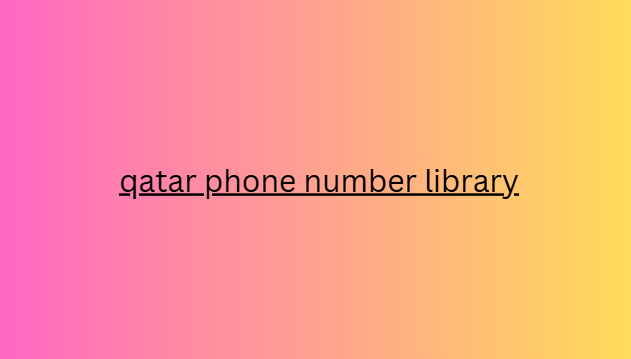In the B2B SaaS space , one of the biggest challenges is uncovering hidden customer needs – those that are not always expressed directly or consciously. Decision makers in companies often have multiple priorities and challenges, many of which do not conversation. This is where open-ended questions play a crucial role. According to a McKinsey study , companies that manage to identify and meet these hidden needs are 15% more likely to increase customer retention .
Rather than asking
only about desired features, open-ended questions allow you to dig deeper into real problems and opportunities for improvement that customers may not have considered. In the SaaS market, where qatar phone number library scalability, integration, and customization are critical factors, identifying these key points early on can make the difference between a successful implementation and one that falls short of expectations.

Examples of open-ended questions to uncover hidden needs:
- About internal processes : “How does your current data management process affect your team’s efficiency?”
- To explore technical limitations : “Are there any recurring problems with current technology that your team has simply learned to accept?”
- To identify future expectations : “As your company grows, what problems do you anticipate could arise with your current technology stack?”
- About end users : “How are end users using this software in their day-to-day lives and what obstacles do they encounter?”
- Regarding decision making : “What aspects of the adoption process have been the most difficult for your team in previous implementations?”
